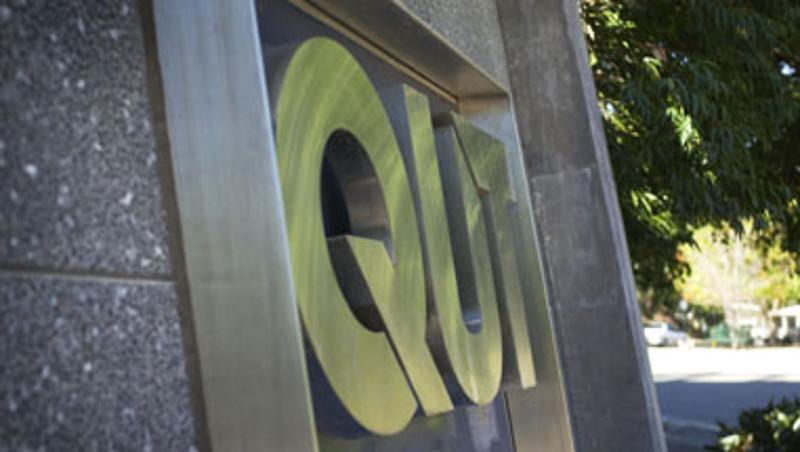
Every 30 seconds a person somewhere in the world loses a lower limb to amputation due to diabetic foot disease.
In Australia about 275 people develop diabetes type-2 every day, and so the work of a team of mathematicians at QUT holds hope for the healing of these debilitating wounds that plague people with diabetes.
A QUT-led team of international researchers from the Institute of Health and Biomedical innovation at Kelvin Grove has modelled the use of hyperbaric oxygen therapy (HBOT), which is the intermittent exposure of the body to pure oxygen under pressure, to heal the chronic wounds that lead to the need for amputation.
QUT mathematician Jennifer Flegg said a small cut on the foot of a diabetic could have catastrophic effects because their wounds did not heal the same way as normal wounds because of many factors including reduced blood flow.
"The investigation showed that HBOT applied intermittently under pressure to a diabetic wound speeds up its healing," Mrs Flegg said.
"Our modelling showed firstly that only HBOT, and not oxygen applied with no extra pressure, stimulates healing of these chronic wounds.
"We also found that HBOT must be continued until the wound has completely healed in order for it to be effective.
"However, we found that individual wounds need to be treated differently.
"Each patient has different healing capacities with HBOT and so our modelling shows that there should be a research focus on individual treatment protocols in order to optimize the outcome for each patient."
An article on these findings by Mrs Flegg, Professor Ian Turner and Emeritus Professor Sean McElwain from QUT and Professor Helen Byrne from the Centre for Mathematical Medicine and Biology at the University of Nottingham will be published in the PLoS: Computational Biology, the top-ranked journal in the field of mathematical and computational biology.
It is a peer-reviewed, open-access journal focusing on research of exceptional significance that furthers our understanding of living systems through the application of computational methods.
Flegg JA, McElwain DLS, Byrne HM, Turner IW (2009) A Three Species Model to Simulate Application of Hyperbaric Oxygen Therapy to Chronic Wounds. PLoS Comput Biol 5(7): e1000451. doi:10.1371/journal.pcbi.1000451
Media contact: Niki Widdowson, QUT media officer, 07 3138 1841 or n.widdowson@qut.edu.au


